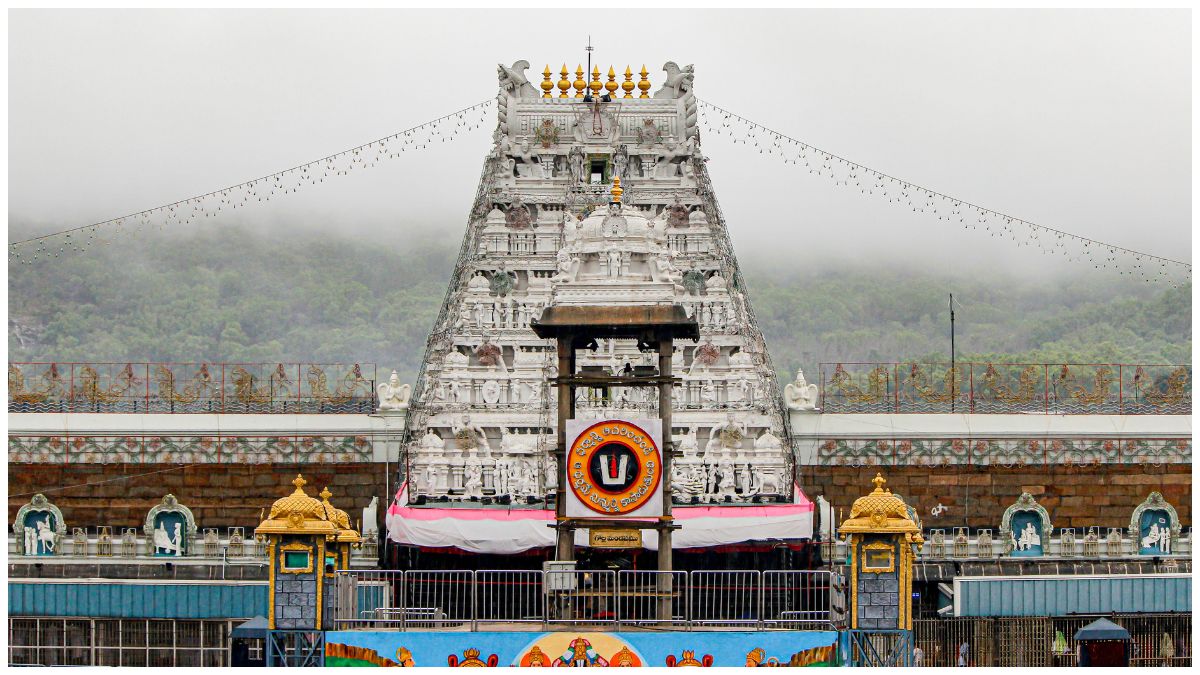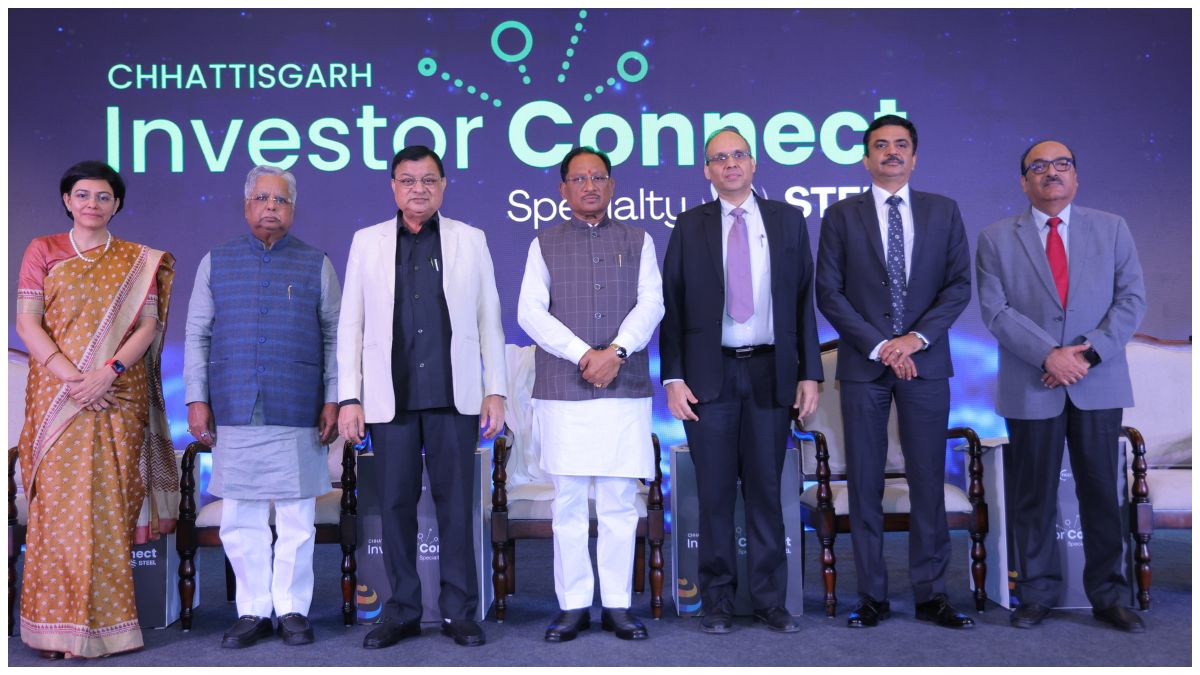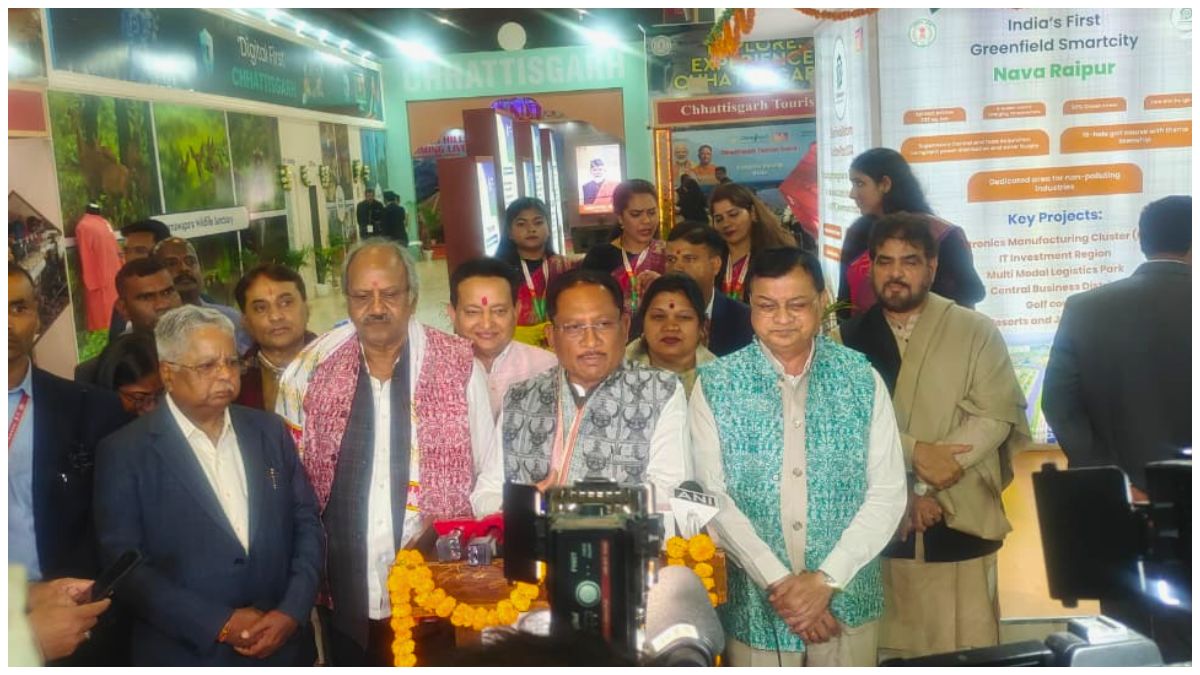Trump’s Tariff and Travel: Will Your Next US Trip Cost More?
Former US President Donald Trump has announced a 26% reciprocal tariff on Indian imports, aiming to counter what he sees as unfair trade practices. This decision is part of a broader strategy targeting multiple countries, including China, the European Union, South Korea, Japan, and Taiwan, with varying tariff rates.
Trump has long criticized India for imposing high tariffs on US goods. For example, India levies a 70% tariff on passenger vehicles and 50% on apples, while the US imposes only 2.5% and 0%, respectively, on these Indian products. With a $46 billion trade deficit between the US and India, the Trump administration hopes these tariffs will rebalance trade relations.

The 26% tariff is expected to affect key Indian export industries. Electronics, which account for $14 billion in exports to the US, may face higher costs, making them less competitive. The gems and jewellery sector, with $9 billion in exports, could experience reduced demand. Auto parts and aluminium will also be impacted, as they face an additional 25% tariff. However, the pharmaceutical industry, which exports over $9 billion to the US annually, has been exempted, providing relief to Indian exporters.
Although the 26% tariff is significant, it is lower than the rates imposed on other Asian countries. Vietnam faces a 46% tariff, while China is subject to tariffs exceeding 50%. This suggests that while India’s export industries will be affected, they may be less vulnerable compared to some regional counterparts.
The Indian government, led by Prime Minister Narendra Modi, is expected to engage in negotiations with the US to mitigate these tariffs. Industry groups in India see the tariffs as manageable, especially in comparison to the higher rates imposed on other nations. However, businesses in affected sectors will need to adapt to the new trade landscape.
Despite the challenges, India could benefit from the US’s increased tariffs on Chinese imports. As companies seek to reduce dependence on China, India may position itself as an alternative manufacturing hub, particularly in sectors like textiles, footwear, and iron and steel.
Beyond trade, these tariffs may have implications for Indian travelers to the US. Products popular among Indian tourists may become more expensive due to rising costs in the US market. Additionally, if trade disputes strain diplomatic relations, there could be indirect effects on travel advisories and visa regulations. Travelers should stay informed about potential changes and plan accordingly.






